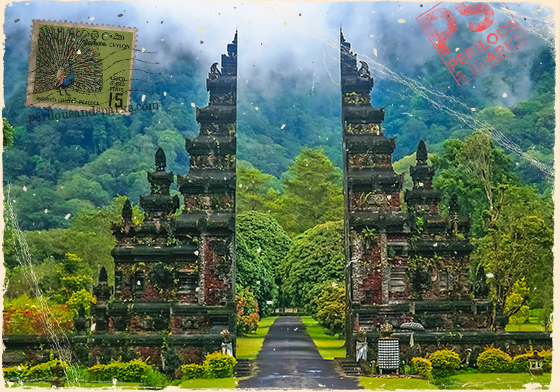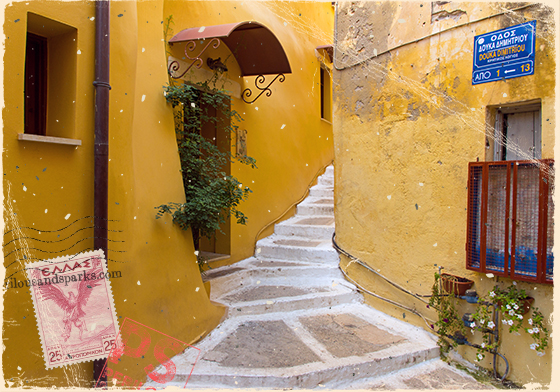When it comes to revolution, there’s no tool more effective than art. It has the power to change others’ perceptions, to shape consciousness, and to inspire drastic transformation. The cool thing is it doesn’t have to be hung in the Met to affect change. It doesn’t require the approval of the art world, and it doesn’t even have to have an overtly revolutionary message.
In Stephen West’s inspiring Philosophize This! episode ‘Art as a Tool for Liberation,’ he references NWA’s album Straight Outta Compton as an example of popular art that shifted the way people – most notably, young, white Americans – understood the experience of black Americans. More recently, MILCK’s ‘Quiet’ has become a call to action for the modern feminist movement.
As I’ve worked on The Kowloon Jukebox, the second Perilous and Sparks novel, I was introduced to the all-girl Cambodian band Dara Puspita. Along with several other Cambodian bands of the 60s and 70s, the girls of Dara Puspita were placed under house arrest by their repressive government for making relatively innocuous pop music. Why?
Because during times of revolution, even pop music can become a subversive act. It has the power to move the people. During times of personal powerlessness, exercising your artistic agency can become an act of insurrection. It’s a refusal of the status quo.
In the wake of the election of 2016, I’ve been blown away by the proliferation of art created by the people for the people. Some of my favorite creations have been traditional handicrafts wielding non-traditional messages.
What’s to stop you from making your own revolutionary statement using art?
P.S.If you’re interested in learning more about art as a tool for liberation, listen to Stephen West’s brilliant series on The Frankfurt School over at his podcast Philosophize This. I’m not going to tell you it’s easy, but it will expand your mind, and like all good art, it’ll challenge you to see the world differently.








Leave A Comment